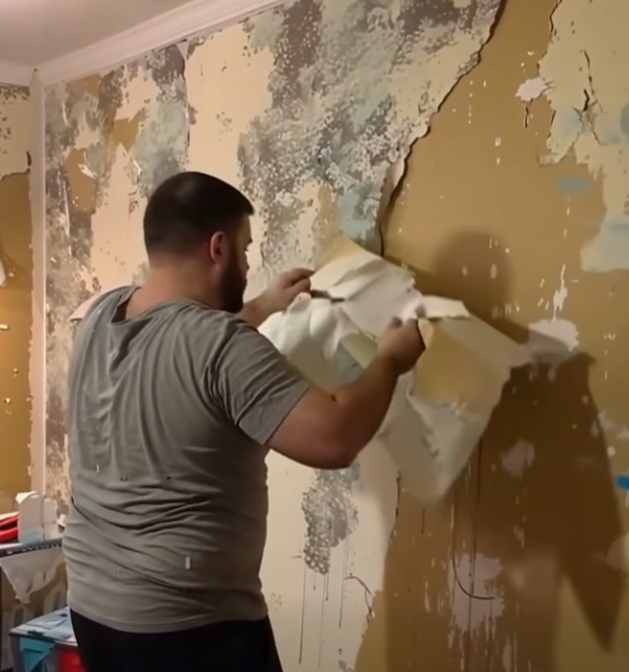
Dan’s repeated infidelity ended an eight-year marriage built on what his ex-wife believed was trust. After discovering his second betrayal, she divorced him and kept the family home, an inheritance from her grandmother. Though he demanded an even division of assets, Dan chose not to share parenting duties, leaving their two children, Emma and Jack, solely in her care.
When he moved out, she allowed him a week to collect his belongings while she and the children stayed with her mother. Returning home, they found the floral wallpaper—once chosen together—ripped from the walls. Dan claimed he had paid for it and therefore could take it. The vandalism left the children distraught, but their mother stayed composed, promising to redecorate and make the home feel whole again.
Determined to rebuild her life, she joined a local book club for emotional renewal. There, she shared the wallpaper story, which turned her pain into something others could relate to. Among her new friends was Cassie, who later began dating a man she introduced casually—only for the narrator to discover he was her ex-husband, Dan.
When Cassie learned the truth, she ended the relationship immediately. She recognized the same warning signs described in the wallpaper story and thanked her friend for revealing who Dan really was. What once symbolized destruction had now become a cautionary tale that spared someone else from heartbreak.
With time, peace returned to the narrator’s home. She and her children chose cheerful new wallpaper: dinosaurs for Jack, butterflies for Emma. Their home began to feel like their own again, filled with warmth rather than resentment.
One evening, Jack remarked that he preferred the new walls. That small moment reminded his mother that healing doesn’t always come through revenge—it often arrives quietly, through growth, love, and fresh beginnings.





